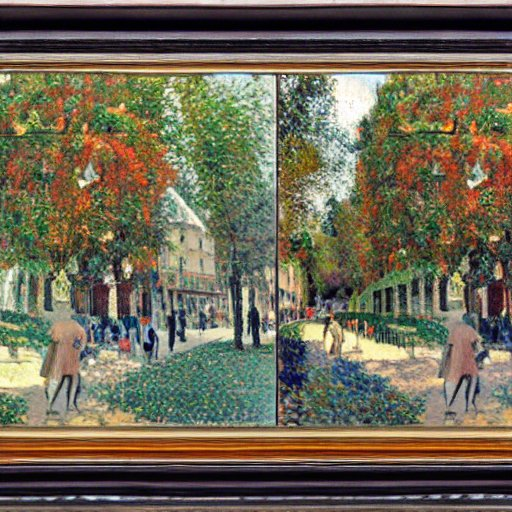History of 2D to 3D Video Conversion Techniques

Introduction
Research and innovation in algorithms for converting 2D video content into 3D video have advanced significantly over the decades. The goal of this field is to create realistic and immersive 3D experiences from existing 2D material. The conversion process involves analysing 2D video frames, estimating scene depth, and applying various techniques to generate the perception of depth in the resulting 3D video.
Historical Development
Early attempts at 2D to 3D conversion date back to the mid-20th century, notably with the use of anaglyphic 3D glasses in the 1950s. These methods, however, were limited by issues with depth perception and colour distortions.
With the advent of digital technologies, more sophisticated algorithms emerged. In the 1990s, researchers began exploring computer vision techniques for 2D to 3D conversion. A significant milestone was the work by Belhumeur and Kriegman in 1999, who discussed the bas-relief ambiguity in shape-from-shading techniques, highlighting challenges in depth perception from shading cues.
In the early 2000s, depth-based approaches gained popularity. One influential work is the "Depth-Image-Based Rendering (DIBR)" technique introduced by Fehn in 2004, which involved estimating depth maps from 2D frames to render corresponding stereoscopic views.
The development of machine learning algorithms, particularly deep learning techniques like convolutional neural networks (CNNs), has significantly advanced 2D to 3D conversion. For instance, the "Deep3D" method by Xie et al. in 2016 utilised CNNs to convert 2D images into stereoscopic 3D format by training on stereo pairs from existing 3D movies.
Recent Advancements
Recent research has focused on enhancing depth estimation and view synthesis. Godard et al. (2019) proposed a method for high-quality depth estimation from monocular videos, improving the accuracy of depth maps used in 3D conversion.
Generative Adversarial Networks (GANs) have also been explored for 2D to 3D conversion. GANs consist of a generator network that synthesises 3D views from 2D input and a discriminator network that distinguishes between real and synthesised 3D views, leading to highly realistic 3D content.
Attention mechanisms in neural networks have been employed to improve depth estimation and view synthesis by allowing the network to focus on relevant areas of input frames, enhancing the quality of generated 3D content.
Advancements in computational power have made real-time 2D to 3D conversion more feasible, enabling live broadcasting and interactive applications.
Challenges and Future Directions
Despite the progress made, challenges remain in accurately estimating depth from 2D frames, especially in complex scenes with occlusions and textureless regions. Handling dynamic objects and preserving temporal coherence in generated 3D videos are ongoing research areas.
Key References
1. Belhumeur, P. N., & Kriegman, D. J. (1999). The Bas-Relief Ambiguity. International Journal of Computer Vision, 35(1), 33-44.
2. Fehn, C. (2004). Depth-Image-Based Rendering (DIBR), Compression, and Transmission for a New Approach on 3D-TV. Proceedings of SPIE, 5291, 93-104.
3. Xie, J., Girshick, R., & Farhadi, A. (2016). Deep3D: Fully Automatic 2D-to-3D Video Conversion with Deep Convolutional Neural Networks. Proceedings of the European Conference on Computer Vision (ECCV), 842-857.
4. Godard, C., Mac Aodha, O., Firman, M., & Brostow, G. J. (2019). Digging Into Self-Supervised Monocular Depth Estimation. Proceedings of the IEEE International Conference on Computer Vision (ICCV), 3828-3838.